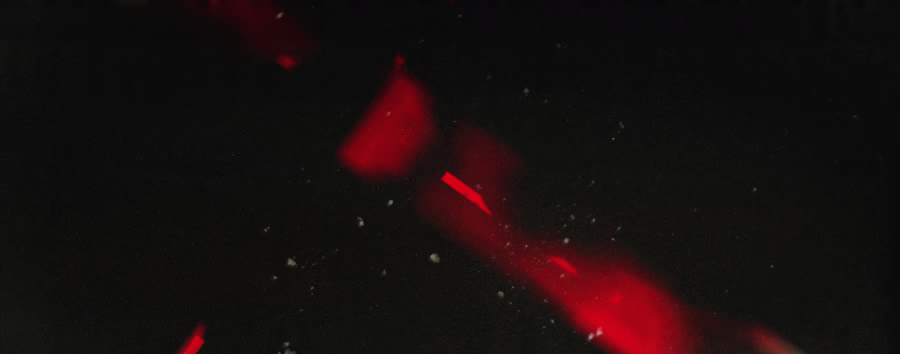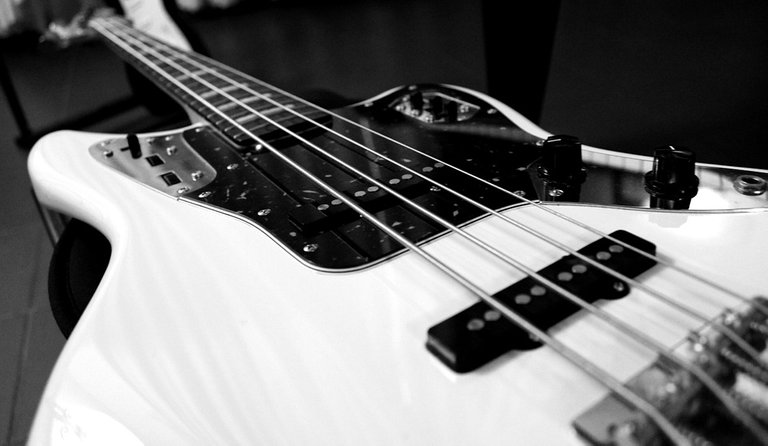In this post, I'll share four tips for mixing electric bass. The suggestions are not typical and should serve as an example for you. You are also not required to agree with my viewpoint; I am simply expressing my personal opinion. You can experiment more to create a more interesting mix.
In a musical composition, the Bass instrument is one of the fundamental instruments. If there is no bass in the music, then the music will sound unattractive and the music will not come alive. Bass can be said to be the heart of music.
On the other hand, if a bass instrument is present in a piece of music but is mixed incorrectly, it will distort the sound of other instruments. It is possible that a bass instrument will drown out the sound of another instrument, or that the bass sound will not be heard fully. It is necessary to develop skills in solo mixing as a result of this.
Here are four tips that you can pay attention to for mixing electric bass instruments.
1. In the first tip, I will go over how to use an equalizer on Electric Bass.
You can go back and read my previous post for more information on how to use the equalizer.
Range frequency Instrument and Function and How use Equalizer
There are eight Eletrik Bass presets that you can experiment with using an equalizer, which are as follows:
Sub-bass, Power, Defenisi Tone and Plucking
First, you can reduce excessive Sub by cutting the low (High Pass Filter) to 50 Hz.
Then you can increase the sub-bass by raising the (bell amplifier) at a frequency between 60-80Hz.
You can also add power to the boost frequency (bell amplifier) at frequencies between 120-125Hz.
To reduce the muddy bass sound, you can lower the (attenuation bell) at a frequency between 300-400Hz.
To increase the Tone Definition, you can increase the (bell amplifier) at a frequency of 800-1kHz.
Finally, you can also add a Plucking sound at a frequency of 2-3kHz.
Here are screenshots of the different Electric Bass genres.
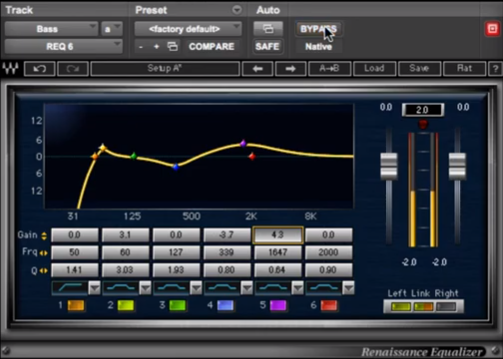
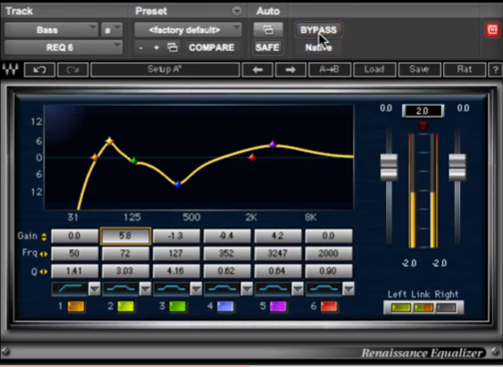
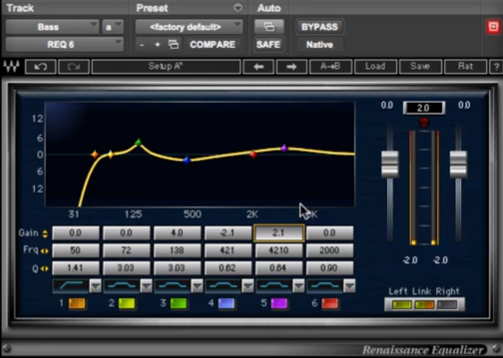
Once again I say, that you have 100% control over the use of the equalizer, I'm just saying according to my version.
2. Using a Compressor on an Electric Bass
Because the sound produced by an electric bass is very percussive, you must determine how much percussive element you must reduce ahead of time. This allows you to determine which settings are appropriate for you.
First, Dynamic: for this option, you can set a ratio of 2:1, attack and release speeds ranging from medium to fast, threshold speeds ranging from fast to medium, and gain increased by 3-5dB.

Second, Tight: In this option, you can set the ratio to 4:1, attack and release from fast to medium, threshold from medium to fast, and gain increased between 4-8dB.
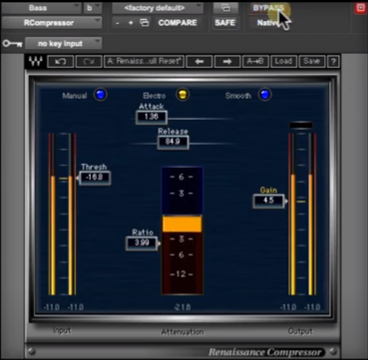
Option three, Extra Tight: In this option, you can set the ratio to 4:1, attack and release from fast to medium, threshold from medium to fast, and gain increased by 5-10dB.
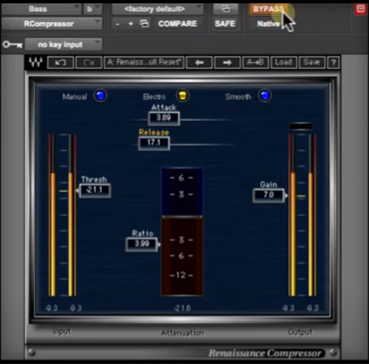
3. Make Use of Automation
Electric Bass is a dynamic and transient instrument with high dynamics. Automation can help you keep the original transient without having to use a lot of compressors. As a result, the balance between the bass instrument and the other instruments remains stable.
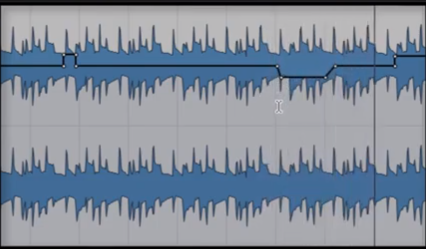
4. Use of Chorus
If you want a bass tone similar to rock music from the 1960s and 1970s, you can add a chorus effect to your electric bass.
The chorus effect, in addition to providing an interesting texture, also provides a more dynamic bass tone effect.
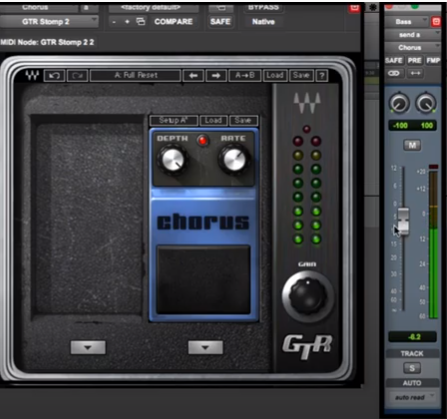
This concludes my post on Four Tips for Mixing Electric Bass. Before I finish this paper, I want to emphasize that I am not an expert in this field and am only sharing what I know. It is entirely up to you to pursue additional options.


FOLLOW ME ON
DISCORD FACEBOOK INSTAGRAM TELEGRAM TWITTER
